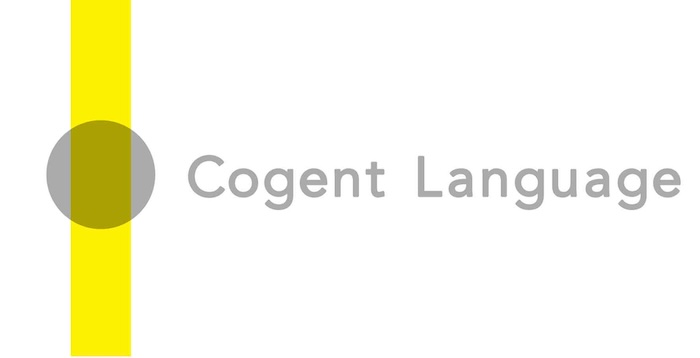The fishbone, cause/effect, or Ishikawa diagram is a construct enabling teams to analyze root causes of issues and defects in a very systematic fashion. Here it is explained clearly – via slidedeck with useful visuals – in about 7′.
Category: *Kaizen
This perspective on project know-how has historical roots in Japan, especially in the rise of manufacturing there after World War II. It has informed and grown from the quality movement, the Plan-Do-Check-Act cycle (PDCA), lean manufactuing, the Toyota Production System (TPS) and “New New Product Development”, a precursor of Scrum and of the agile perspective on project work.
“How to apply Kanban in Jira: A Quick Guide”
This 12.5′ video looks at the Kanban construct at three levels: The platform is an extremely popular one, namely Atlassian’s Jira.
“SMART Goals – Quick Overview”
Excellent 3′ presentation – helps to understand related ideas as well, e.g. prioritization, alignment, metrics/performance measures, and the choice thereof.
“Mastering Kanban #3 – Improving the Workflow”
Kanban depends on ongoing improvement by the team, not only of the kanban board they originally design, but also of their guidelines and guardrails (e.g. WIP limits). Starting at about minute 2, this 7+’ video offers further explanation supported by some interesting anecdotes.
“Kanban WIP Limits”
Useful 6′ introduction to limits to work in progress (WIP) in Kanban and to workflow principles of Kanban in general.
“What is a Quality Circle? Definition and Examples”
Quality circles are noteworthy for many reasons: meta-, macro-, and micro-. Thse include, as examples, their contribution to the Japanese economic miracle, their emphasis on self-organization as a pattern for managing project team work, and on their toolbox of design and problem-solving tools, including cause-effect diagrams. Here is a concise and solid introduction, inclluding a […]
“Quality Improvement: Choosing Measures”
This 6′ video offers a clear classification of types of metrics and very useful advice on choosing and using quality metrics. Though addressed to teams in the health industry, it is pertinent to teams busy doing most any sort of work.
“What is SIPOC and how to use SIPOC diagram in practice”
Solid 4.5′ introduction, organized around two examples.
“Knowledge Management – The SECI Model”
Great 3′ intro to this key construct for many of today’s projects, especially those where the knowledge needed to build the product does not already exist.
“Scrum vs. Kanban”
Nice 5.5′ video explaining these two approaches to agile project management. It is also a useful introduction to PMi’s 6 Disciplined Dgile Delivery lifecycles, of which, 4 are based on Scrum and Kanban.
